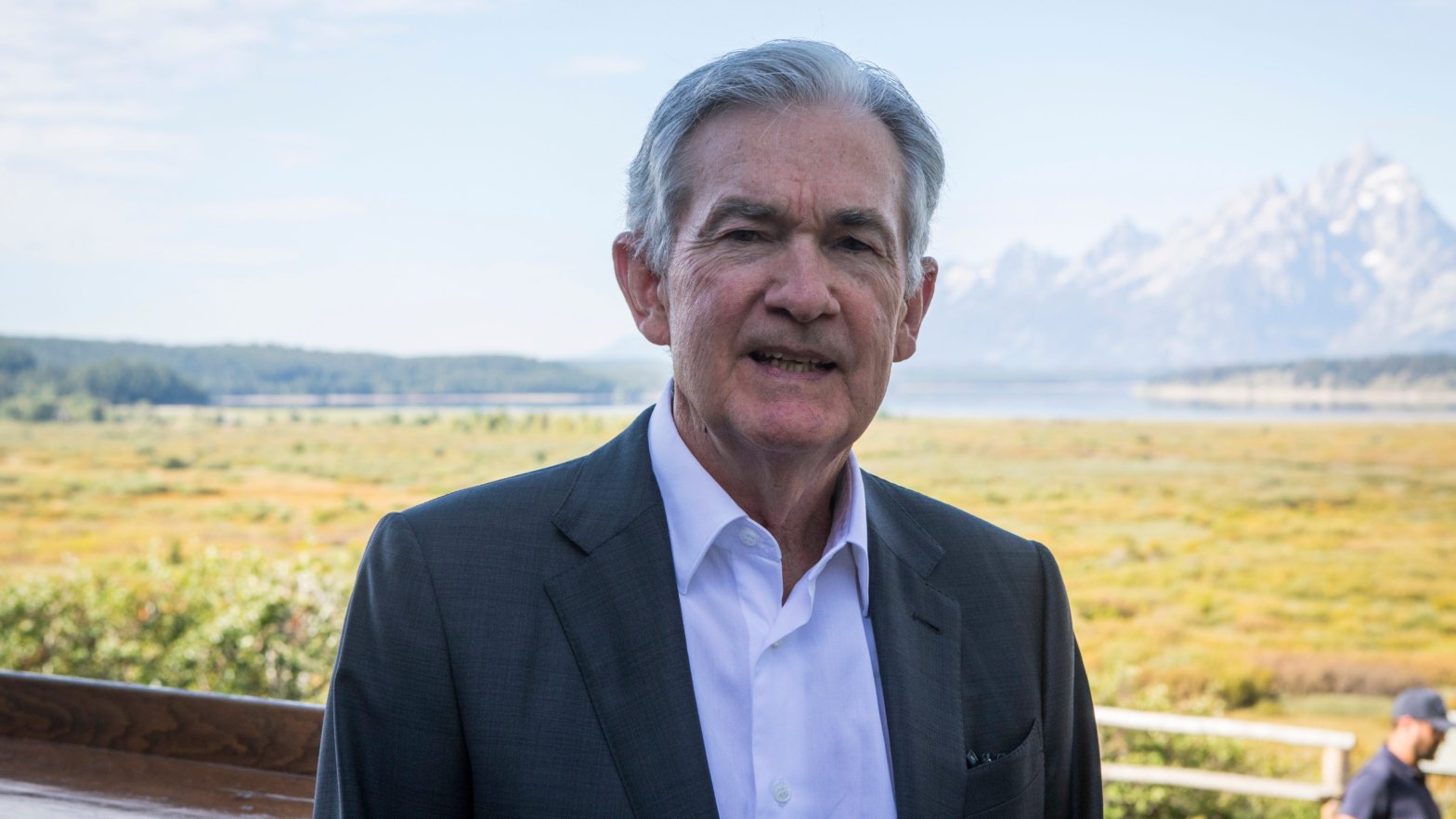It’s highly unlikely the Federal Reserve will raise interest rates again Wednesday. But traders will be closely eyeing Jerome Powell’s post-decision press conference. The Fed chair is expected to signal that borrowing costs could stay higher for longer, with the fight against inflation not yet over. Loading Something is loading.
Thanks for signing up!
Access your favorite topics in a personalized feed while you’re on the go.
The Federal Reserve is highly likely to keep interest rates unchanged this week, but chair Jerome Powell may not leave much room for investors to bet that the most aggressive US monetary-tightening cycle since the 1980s is finally over.
As many as 99% of traders believe the central bank will hold benchmark borrowing costs at their current level when it announces its latest policy decision Wednesday, according to CME Group’s Fedwatch tool.
That means the market’s eyes have instead turned to Powell.
Inflation has cooled in recent months, but is still running clear of the bank’s 2% target. Speaking in Jackson Hole, Wyoming last month, Powell said the Fed would “hold policy at a restrictive level until we are confident that inflation is moving sustainably down toward our objective”.
He’s expected to strike the same tone Wednesday, hammering home the “higher for longer” mantra by signaling that investors shouldn’t count on rate cuts anytime soon.
The era of tighter monetary policy dragging on for longer would weigh on house prices, drive up Americans’ credit card debts – and create a potential headwind for this year’s tearaway stock-market rally, by driving up the relative appeal of other assets like bonds and cash.
There’s even a new bit of markets jargon floating around to describe Powell’s expected stance, with Wall Street analysts believing the Fed boss will lay out a roadmap for a “hawkish pause”.
That refers to a scenario where the Fed decides to pause its tightening campaign for now – but Powell takes a hawkish tone afterward by emphasizing that the central bank is willing to raise rates again if economic data signals there’s a risk of an inflation flare-up.
“There’s a broadening assumption that the Fed pause will be delivered with a ‘hawkish’ tilt as the data-dependent Fed grapples with still-sticky core inflation, prices rising, and consumers – while increasingly deliberate in their purchases – continue to spend,” LPL Financial’s chief global strategist Quincy Krosby said Monday.
“With the latter part of September typically the most difficult and dicey portion of the month’s overall reputation for negative seasonality, a hawkish message from this week’s Fed meeting could heighten pressure on equities,” she added.
